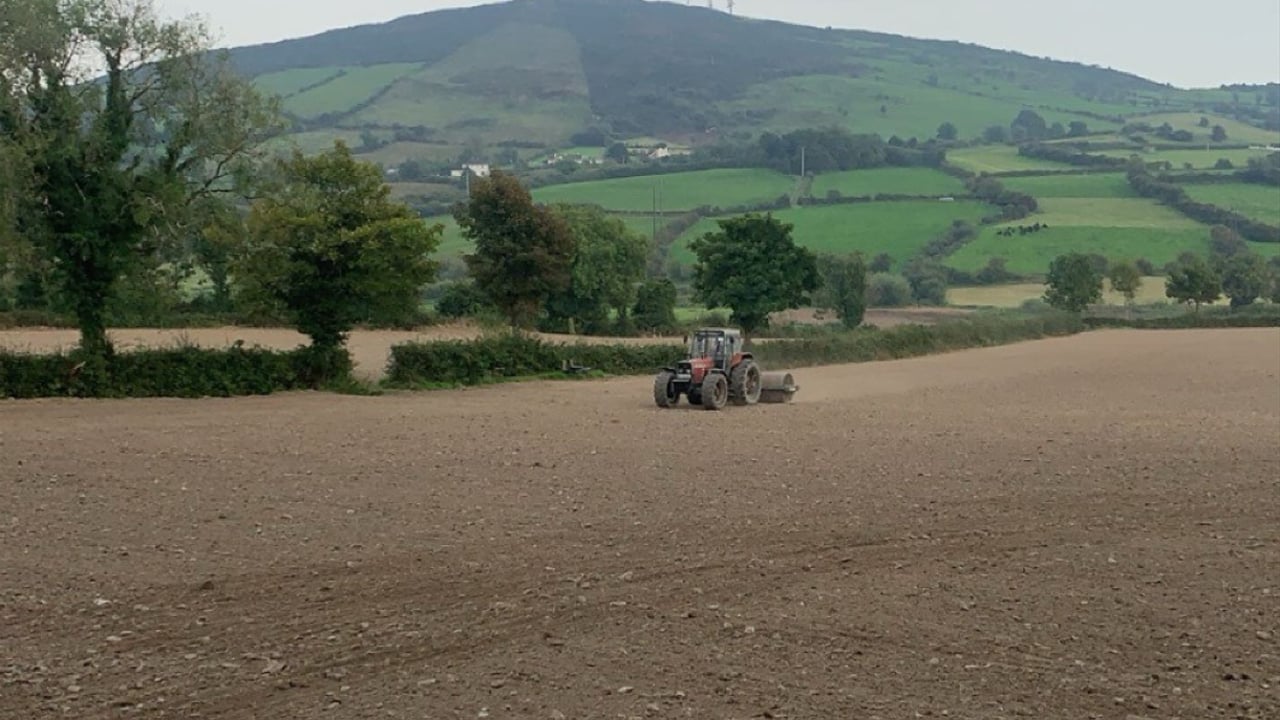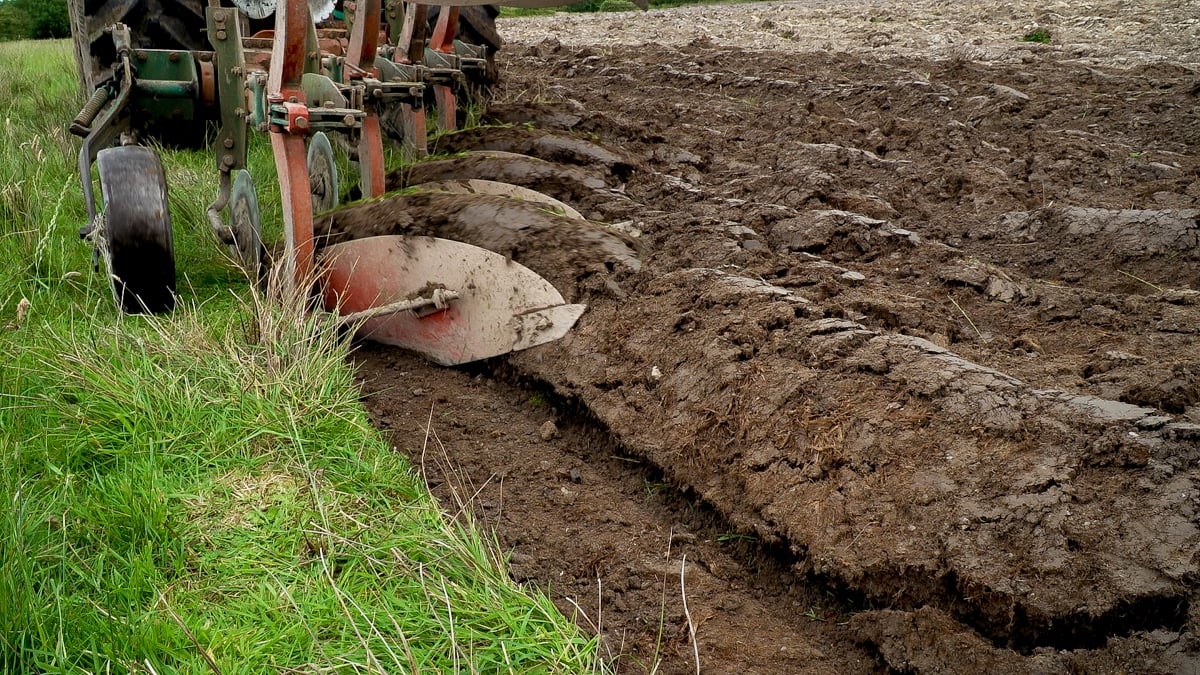Opportunity to get more reseeding done during good weather
Reseeding during the mid-season is often not ideal, considering that grass supply often becomes tight and demand is increased, but the current strong growth rates may be offering an opportunity to get more done.
Many farmers got a certain amount of reseeding done already this year, thanks to the decent weather and conditions in spring, but maybe there was a cohort that did not manage to get any seed in the ground before it became too dry.
Reseeding is said to be an investment measure with one of the quickest returns, as a reseeded sward is capable of 15% higher production in the first two years compared to the average farm.
The conditions recently have offered farmers a chance to complete extra reseeding or make up for getting little done in spring, due to the level of grass growth, silage secured from surplus grass, and farm income at the minute.
If farmers are thinking of getting more reseeding done this year, any reseeds into autumn should be completed by early August to ensure good establishment and proper weed control.
Ploughing still remains one of the most common methods of reseeding, as it provides a firm and level seed bed and is commonly used in a bumpy or uneven field to rectify it, though it is a difficult method in stony conditions.
Where soil compaction is an issue, ploughing can rectify the problem, as it can break the soil pan and bury the thrash into the soil.
This allows for great soil seed contact, and more easily managed weed control - thrash is buried and the fresh sod is turned to the surface.
The problem, however, is that the fresh sod turned to the top can cause a soil fertility change as the less fertile soil can be brought to the surface.
If you've no phosphorus (P) allowance you should reconsider your method as a lot of the nutrients will be released when the soil is turned.
With direct drilling, the soil fertility will be maintained. This method will need slightly damp conditions as well as a very good kill at spray-off time before cultivation, and grazed or harvested tightly before the drill hits the ground.
Lime and slug pellets will be essential for this method, as slug attack risk is higher with slit – meaning a higher seeding rate may be required.
Avoid sowing with a thrashy seed bed, as it can hinder soil seed contact and allow weeds to persist.
A power harrow with seeder can be used in combination with ploughing or discing, and is often actually a cheaper method than ploughing.
It is ideal in stony or shallow soils where you are trying to avoid bringing stones to the surface.
Soil fertility will be maintained, but again, if the the field that was sprayed off with glyphosate was not sprayed off for long enough or not harvested tightly prior to cultivation, weed control can prove difficult.
Often farmers opt to disc prior to using a one-pass or seeder, which can be a slower method to power harrowing, as it may require going over the field at different angles twice or three times.
Many farms have started to establish clover in paddocks on their farms and should continue to do so this year despite the poor results of the legume last year.
You may think that it is late in the year to establish clover but, with current conditions, now is still a good time to establish clover,as one of the main factors dictating its success is the post-reseeding management of the sward.
The most suitable paddocks will be the ones that have a low weed burden and a high level of soil fertility, as clover requires soil indexes of three for phosphorus (P) and potassium (K), and a soil pH of 6.5.
These paddocks will need to be managed differently to all the other paddocks on the farm. They will need to be grazed at the correct times and at lower covers to start with to allow light to reach the plant.
Avail of the PPI, using varieties with a grazing utilisation stars of four or five star, a pasture quality of over €20, a spring/autumn yield of over €30, and a clover inclusion of 1.5-2kg/ac.
There should be a high inclusion rate of tetraploids in the mix of over 60%, even on heavy soil farms, as infrastructure is more important than a high percentage of diploids.
When picking a white clover leaf for your grazing mix, a medium/large clover leaf, such as Chieftain, Buddy, Coolfin, and Clodagh, is ideal to get a balance of productivity and persistence.
Whether you have already reseeded this year or you have none done at all, it might not be a bad idea to go at a bit more done in the current conditions as reseeding is hugely valuable to the farm.
Reseeding will decrease input costs in the form of concentrates and fertiliser while maximsing growth rates.






